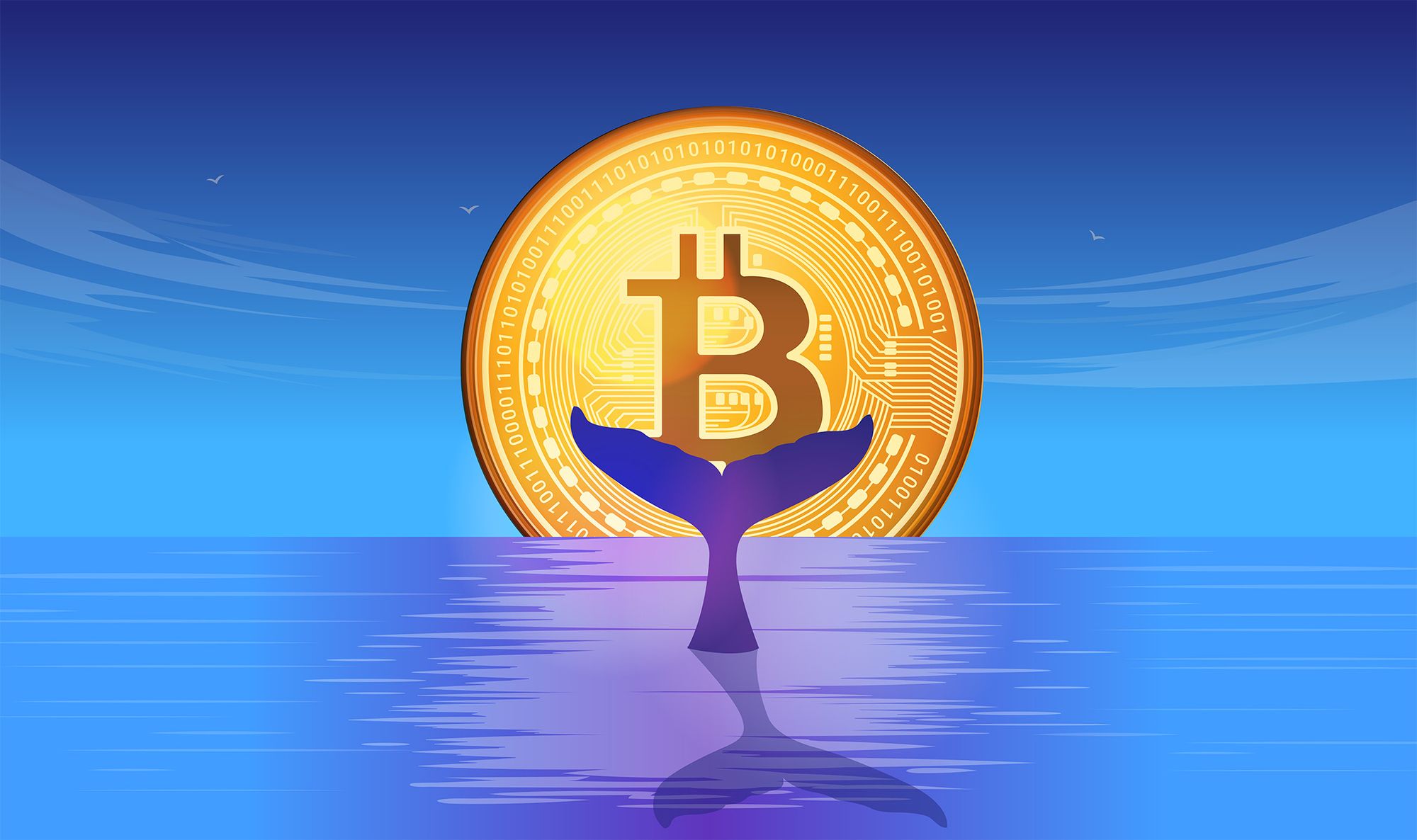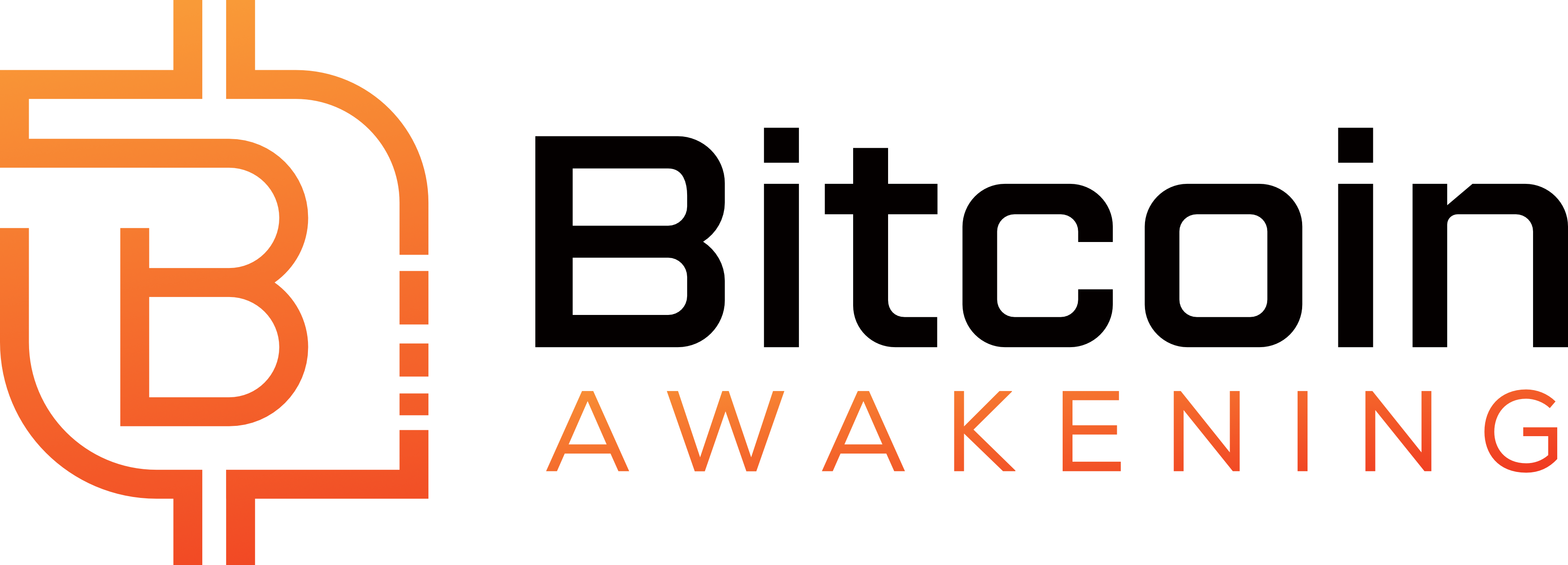Deep in the void of cyberspace swims a mythical creature known for being as vast and immovable as time itself. It rarely comes to the surface, but when it does, oh does it make a splash.
The bitcoin whale is a legend that harkens back to the earliest days of bitcoin when someone could amass generational wealth from just investing a trivial sum. While it’s almost impossible to recreate those astronomical returns today, bitcoin has outperformed many other investments over the past decade. Yet, there’s still plenty of time to start thinking like a whale and approach your bitcoin investment from a long-term view.
First, what’s a whale?
A whale is an entity that owns enough bitcoin that their trades can affect the exchange rate. They’re the proverbial “big fish in a small pond.” But just how much bitcoin would someone like this have?
We can get a decent idea because the bitcoin blockchain is public. For the sake of our thought experiment, let’s imagine they only have one address with holdings in the top 0.01% of all addresses. To reach this level, someone would need to have at least 1,000 bitcoin. That’s enough to move the order books on an exchange if it were all deposited and sold at once.
At this threshold it’s hard to know if an address belongs to an individual because corporations can also have whale-level holdings.
Disconnect from price
Historically, people have become bitcoin whales in two ways. They were early adopters who held through multiple market cycles, or they were already wealthy and diversified their portfolio into bitcoin. Whales are thought to have a zen-like, patient approach to investing and for good reason. You only need to get rich once, so the saying goes. When someone becomes a multi-millionaire, their strategy shifts from wealth creation to wealth preservation. They can play the waiting game and don’t have to take too many risks.
It’s important to square yourself with this reality. Overnight investing success is a myth, and it’s tempted many investors to take on disastrous levels of risk. One way to fall into that trap is to check the price too often, believing that you can time your trades.

Bitcoin trades 24 hours a day. When you check the price, you often feel compelled to do something, whether that’s buy more, sell some, or take on leverage. Sometimes, the smart move is to sit tight and let time do its thing.
Having been in the industry for a decade, I don’t go out of my way to check the bitcoin price; I’ve found that if the market moves significantly then people will talk about it. I’m more interested in bitcoin as an instrument of individual empowerment than its potential for speculation. Unplugging from price charts allows me to focus on building tools to accelerate adoption. I’ve also generally found that whenever I’ve made short-term trades, I would have been better off not trading at all.
Secure your bitcoin for the next 10x
A common mistake bitcoin investors make with their stash is waiting until it’s too late to secure their bitcoin. It doesn’t do any good to hold an investment for a long time, only to fall short at the finish line due to poor security practices. If you’re bullish on bitcoin as a long-term store of value, your custody should be architected to reflect that thesis.
As a rule of thumb, I often recommend clients to secure their bitcoin as if its value were an order of magnitude higher than it is today. For instance, if you own about $2,500 of bitcoin today, add a zero to the end, and secure it as if it were worth $25,000. This difference has an impact on our security recommendations. In this case, it makes sense to start protecting your bitcoin with multiple keys.
With this mindset, you learn to treat your bitcoin with more respect and you’re well-prepared for rapid value appreciation. Whales intuitively grasp that bitcoin adoption is an exponential trend, and they secure their investment accordingly by distributing their keys and having a sound inheritance plan in order.
Avoid short-term capital gains
Novice investors tend to think about taxes once a year when their income tax returns are due. Savvy investors think about taxes all the time. Minimizing tax burden is a primary concern for the wealthy, and they weigh tax implications in every facet of their life from charitable contributions to their official place of residence.
Bitcoin whales are similar. They’re keenly aware of the taxes associated with selling bitcoin, specifically the difference between the short-term and long-term capital gains tax. For instance, in the U.S., an investor could pay up to 45% less in capital gains taxes by holding their bitcoin for more than a year.
This isn’t to say whales are keeping track of it themselves. In many cases, they have accountants and tax advisors at their disposal. Capital gains taxes are just the tip of the iceberg with respect to tax planning, and it’s an easy step for regular investors to implement. Give it some thought the next time you’re tempted to sell bitcoin and think twice before day trading.
Tread carefully with lending opportunities
Bitcoin is a commodity asset like gold; it doesn’t generate dividends or cash flows like bonds or stocks. And in a world with rising inflation, many investors believe they have to make their money work for them to keep their portfolio ahead of the devaluing dollar.
It’s common to view bitcoin through the same lens. After all, if bitcoin is just sitting in an account, why not put it to work and earn some interest?
Indeed, it is possible to earn yield on your bitcoin. There are various platforms where you can lend your bitcoin out, some of which are available to retail investors while others are reserved for high-net-worth individuals and accredited investors.
The rewards, however, aren’t necessarily worth it. Historically, the interest returns from bitcoin lending have paled in comparison to the bitcoin price appreciation. Even if lending consistently netted you a 3% yearly return, bitcoin’s price tends to climb over 100% on average annually. It’s safe to say people who have become bitcoin whales didn’t do so by lending it out — they simply HODL.
As with any investment, it is crucial to understand the risks. Loaning out bitcoin is never risk-free, and lending works differently with bitcoin than with traditional investments. And for lending to take place, you must give up control of your keys. Understand this tradeoff before proceeding with lending.
Develop a non-KYC stash
If you’ve purchased bitcoin on an exchange, then you likely had to provide forms of identification. Exchanges have to comply with government regulations. In most cases, these regulations are aimed at preventing criminals from using bitcoin for nefarious purposes. Unfortunately, these “Know Your Customer” (KYC) rules also force honest, ordinary people to sacrifice their personal privacy.
Today, bitcoin purchased on an exchange may be referred to as KYC’d bitcoin. This premise is if you buy sats from a regulated institution and bitcoin is a public ledger, then it’s easy for governments to track you and your bitcoin. There are some strategies that can help preserve privacy, such as mixing coins, but their effectiveness can vary greatly depending on your implementation.
Some investors wish to keep their bitcoin investment private, so they seek out non-KYC bitcoin for several reasons. Non-KYC bitcoin can be helpful in purchasing products and services you don’t want tied to your identity, such as a VPN. Non-KYC bitcoin also means you’re not logged in a database somewhere for future targeting.
You can acquire non-KYC bitcoin in several ways. The first is through mining. If you mine successfully, you receive newly minted bitcoin via block rewards. This bitcoin is brand-new and has no other history on the blockchain, which is generally what third parties use to flag “tainted” bitcoin. Mining requires capital and skill to pull off, but non-KYC bitcoin is part of the appeal.
The second method for acquiring non-KYC bitcoin is to make a peer-to-peer purchase. This can be done in real life through an in-person exchange with someone you know. Give them cash and they give you bitcoin. This method comes with some personal security risk since in-person purchases sometimes lead to in-person attacks. There are also decentralized exchanges that allow you to purchase bitcoin online.
My recommended method for acquiring non-KYC bitcoin is to sell goods and services in exchange for BTC. To be clear, you’ll need to be receiving the bitcoin directly to a self custody wallet, not using a third party payment processor that has also likely KYC’d you.
Be aware that trading for non-KYC bitcoin isn’t completely anonymous in most cases because the counterparty likely knows at least a little information about who you are.
Bitcoin whales have enough resources at their disposal to navigate the above dilemmas, and they tend to view contingency planning as an essential part of maintaining their financial security. The same preparation mindset that motivates high-net-worth individuals to stock up on gold and passports also creates a desire for non-KYC bitcoin. Part of being a whale is only surfacing when you want to.
Develop your own market analysis
When you’re new to investing it’s easy to get thrown off by market fluctuations. Bitcoin is far more volatile than other investments. While the price pumps and dumps, many investors become susceptible to wishful thinking and the gambler’s fallacy. Just because the price goes down doesn’t mean it’s going up right away.
Bitcoin’s supply issuance is predictable. The block rewards are programmed to cut in half about every four years. While the supply curve is straight-forward, demand is a bit of a mystery. Though bitcoin has historically gone up over the long-term, there’s no telling what the price will do today or tomorrow.
Whales differ from typical investors in that they use market cycles to their advantage. They’ve been around the block and grown accustomed to the volatility. They watch speculators flow in and out of the market. And when novice investors have capitulated, whales are happy to be the buyer of last resort. Whales buy the dip.
Buying the dip has become a common meme in recent years, but few have the mindset and steady hands to do it. The dip isn’t a 5% drop on a sunny afternoon. It’s more like a sustained 80% drawdown over several months, which bitcoin has been prone to historically.
The dip is more than just normal volatility. Usually, there’s a psychological component that investors struggle to withstand. When the price of anything plunges, it tends to coincide with news of existential threats. Bitcoin has been declared dead hundreds of times by critics. This sort of rhetoric takes a toll on the new and otherwise uninitiated, but it’s only rhetoric.
This underscores the most important part of being a bitcoin whale. Successful investors strive to think for themselves. It’s how they got to where they are. You won’t find whales relying on random technical analysis charts being posted by popular Twitter and YouTube personalities. They aren’t sitting in chat rooms waiting for a trading guru to tell them what to do.

If you want to truly change your fortune, use your bitcoin journey as an opportunity for education, rather than a search for overnight riches. Develop new skills. Keep learning about money, technology, economics, and all the problems Bitcoin was designed to solve. The more you understand and appreciate bitcoin, the closer you come to making a splash of your own.


